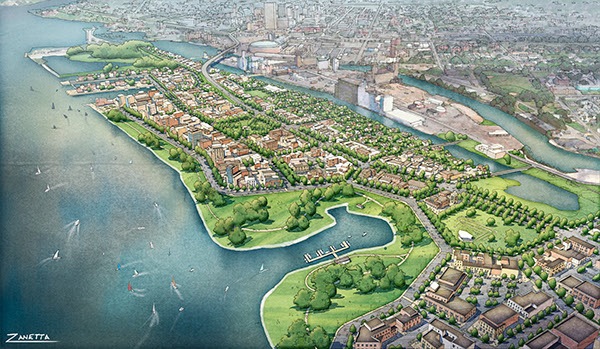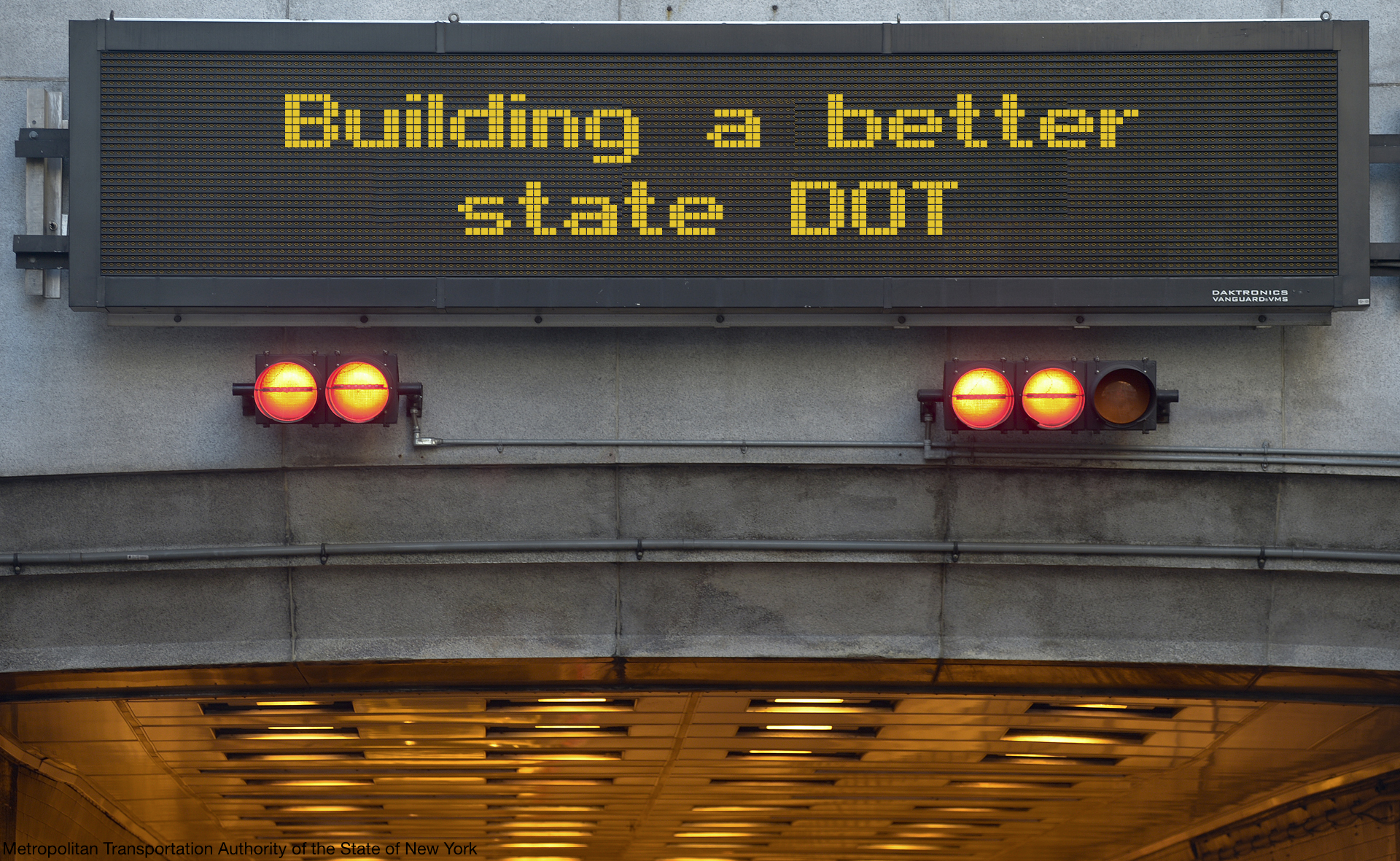Announcing our inaugural Arts, Culture and Transportation Fellows
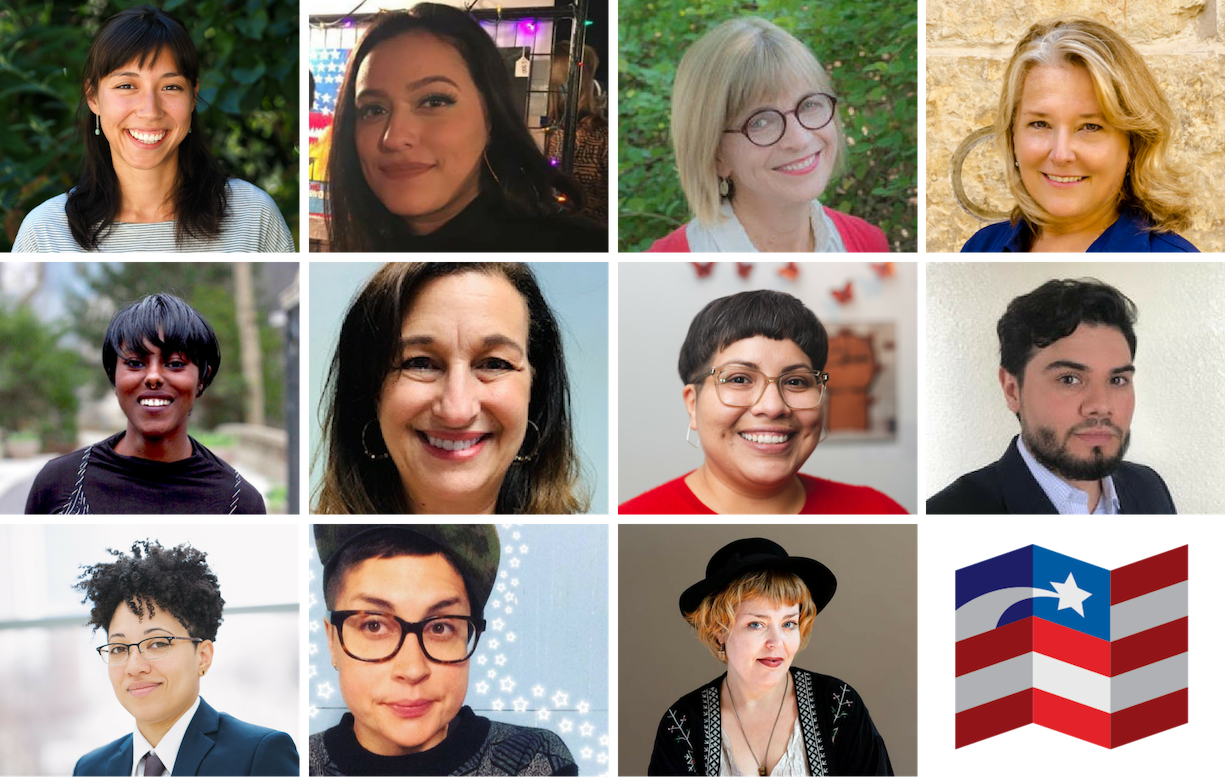
Transportation for America, a program of Smart Growth America, announces its inaugural class of fellows for the new Arts, Culture and Transportation Fellowship to help 11 individuals in four cities take their work at the intersection of arts and transportation to the next level.
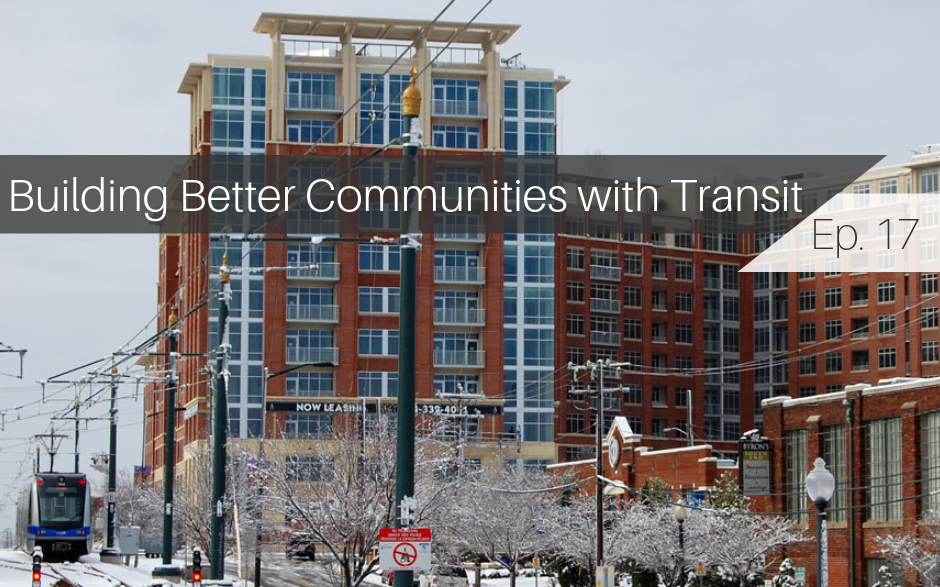
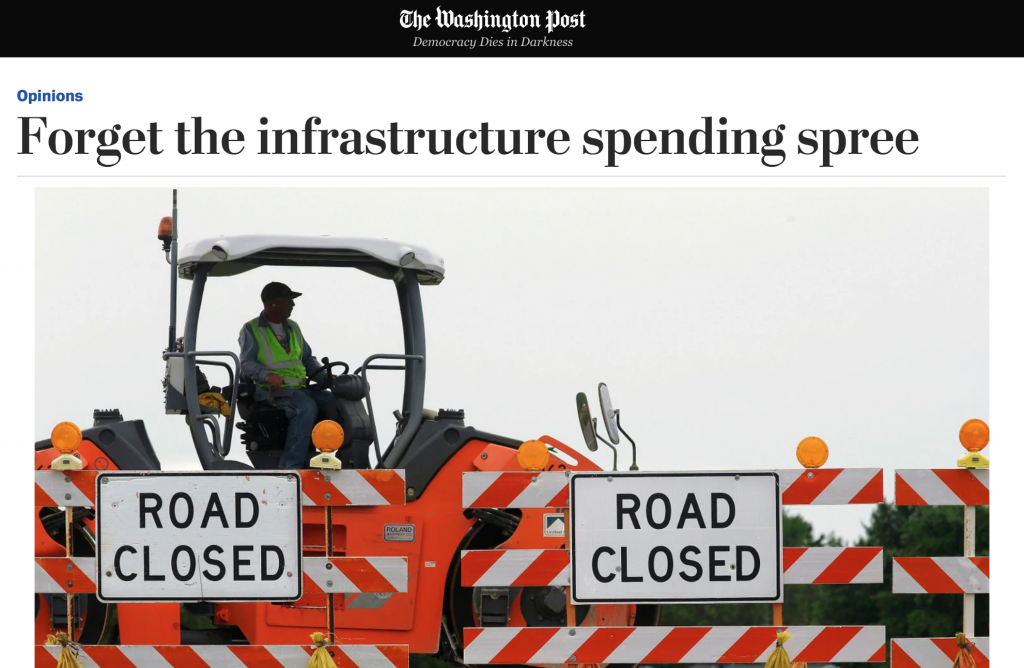
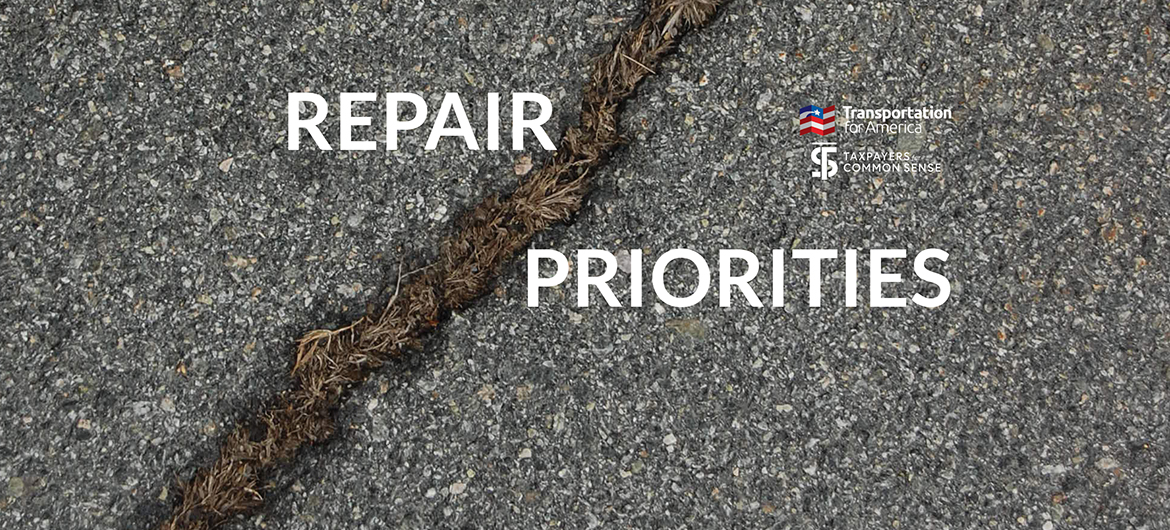
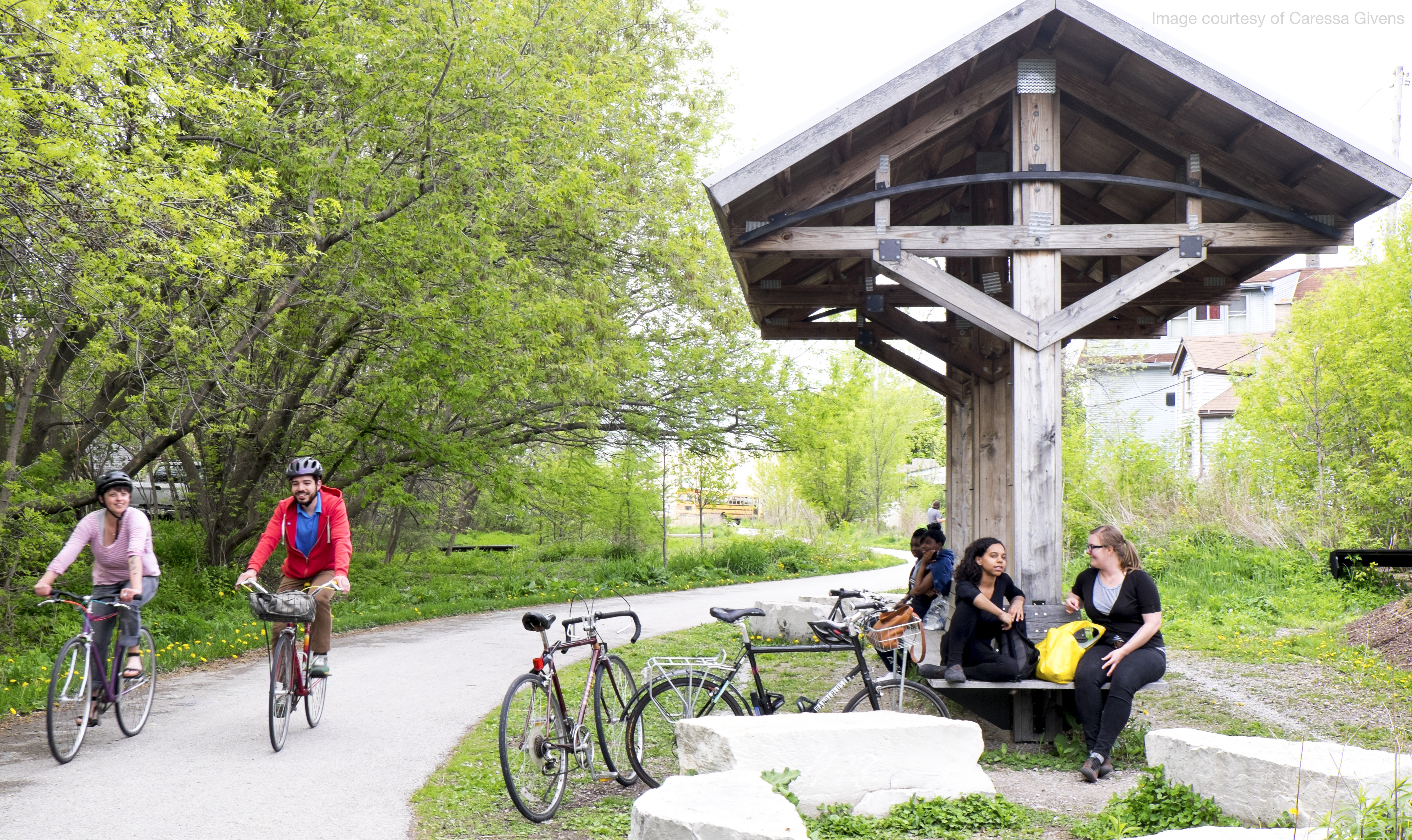
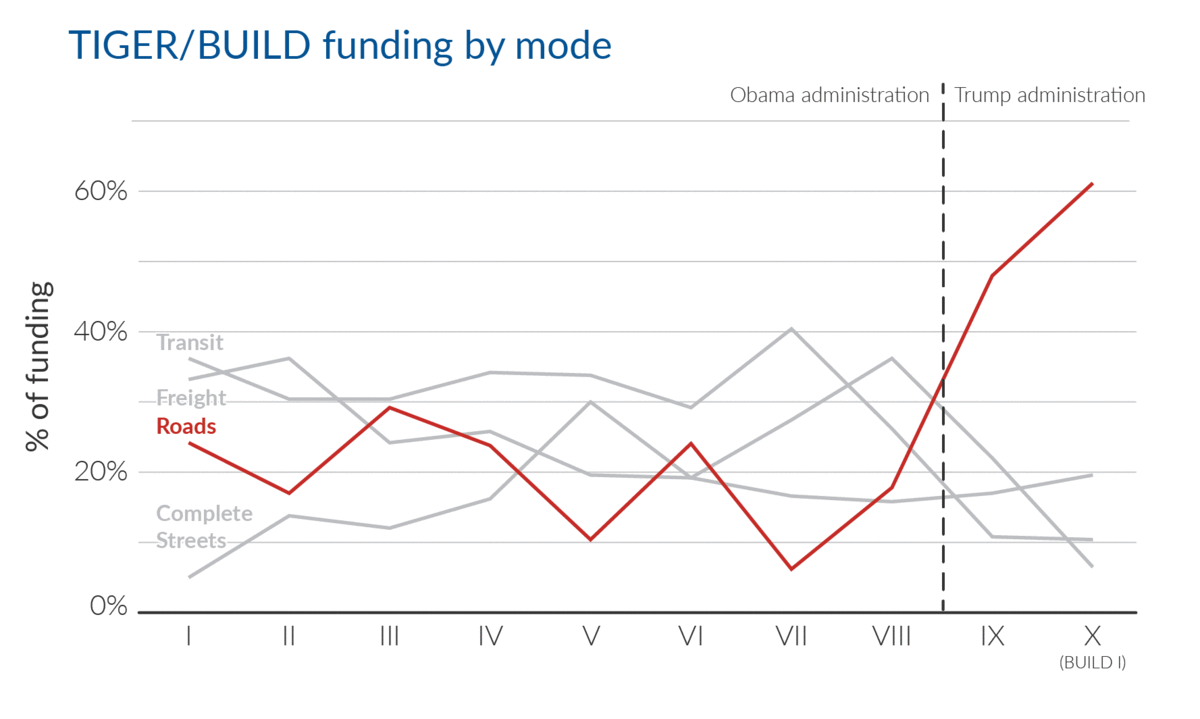 Under President Trump, the USDOT has effectively turned the formerly innovative BUILD program—created to advance complex, hard-to-fund, multimodal projects—into little more than a rural roads program, dramatically undercutting both its intent and utility. A new analysis illuminates how the program has changed and what Congress can do about it.
Under President Trump, the USDOT has effectively turned the formerly innovative BUILD program—created to advance complex, hard-to-fund, multimodal projects—into little more than a rural roads program, dramatically undercutting both its intent and utility. A new analysis illuminates how the program has changed and what Congress can do about it.